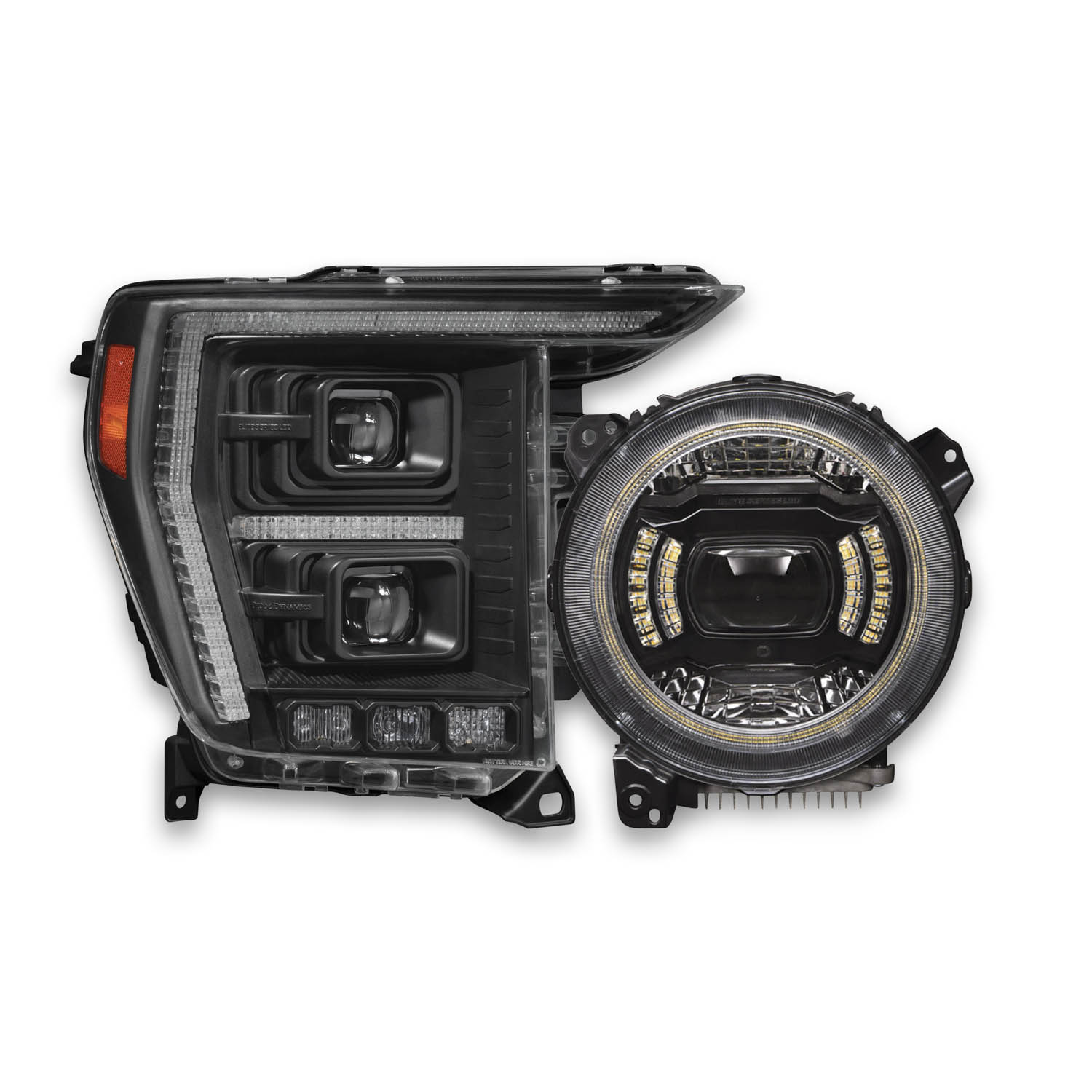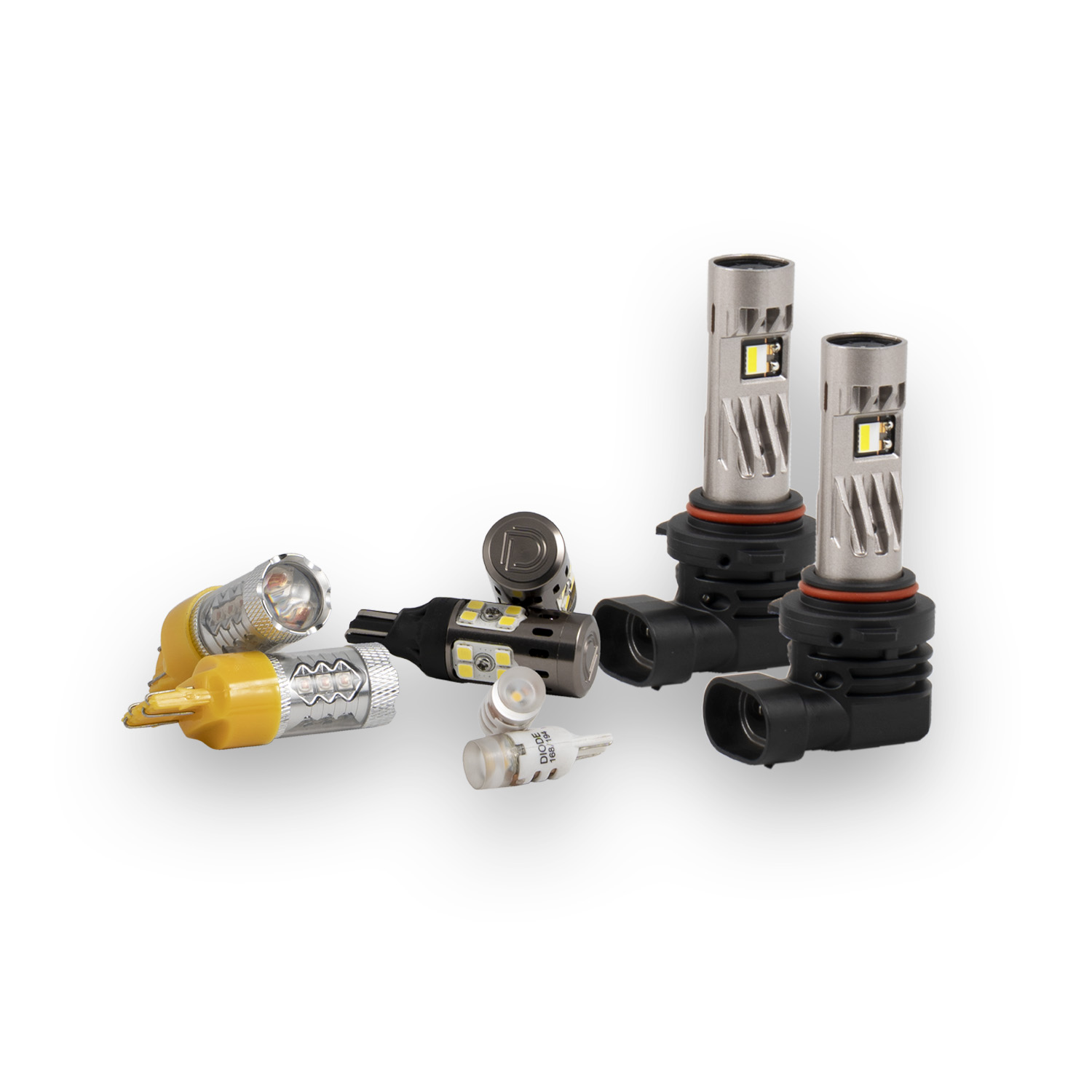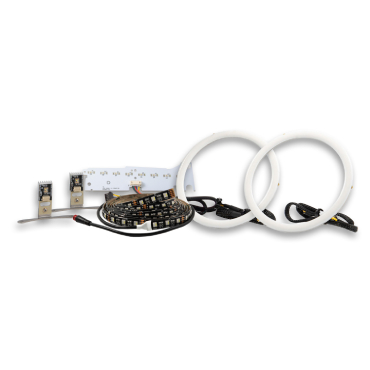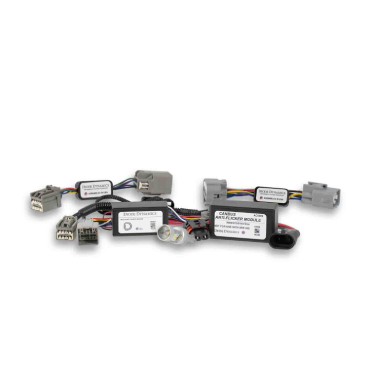Flashers and Resistors
Warning Cancellers
On occasion, some HID conversion kits that are installed into the DRL circuit will flicker or cause the relay to buzz loudly. This happens because some manufacturers use alternating current (AC) to extend the life of halogen bulbs. The solution to fix flickering or buzzing on your vehicle is a warning canceller. If your bulbs are flickering, you will need two warning cancellers, one on each side of your vehicle. If your relay is buzzing due to the DRLs, you will only need one warning canceller module. The DRL Warning Canceller will also eliminate bulb-out warnings that may happen when HIDs are installed.
Flashers
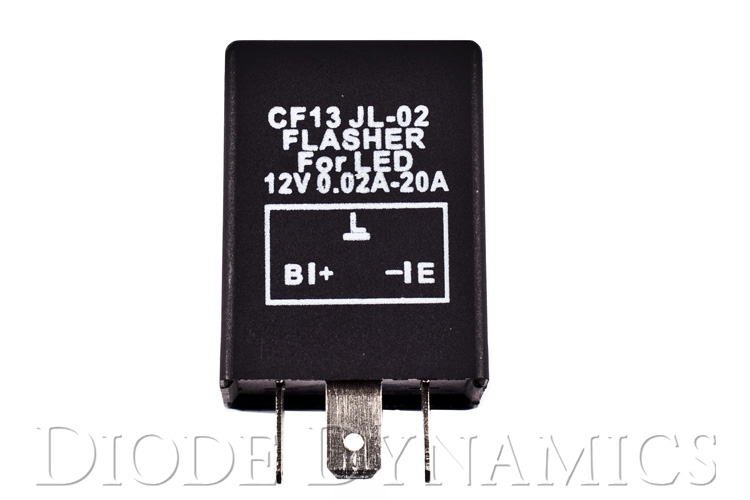
Since LEDs draw less power than halogen bulbs, when they are installed they may blink rapidly because the vehicle thinks the bulb is out since it is drawing less power than your stock bulb. This is called hyperblinking. The turn signals in your vehicle are controlled by a flasher, which is what alerts the driver of malfunction. If you experience hyperblinking after installing your LEDs, the easiest fix would be to simply replace the stock flasher with an LED flasher module. This can be done by simply plugging the LED flasher into the place of the OEM flasher. It is important to make sure that you purchase the correct flasher for your vehicle. You should compare the pin structure on your stock flasher to the pin structure of the LED flasher before purchasing. Installing a new flasher is only applicable for some vehicles, as many manufacturers have switched from external flashers to flashers located within the BCM, or the vehicle computer. If the flasher is located within the BCM, installing a resistor would be the best fix for hyperblinking.
Resistors
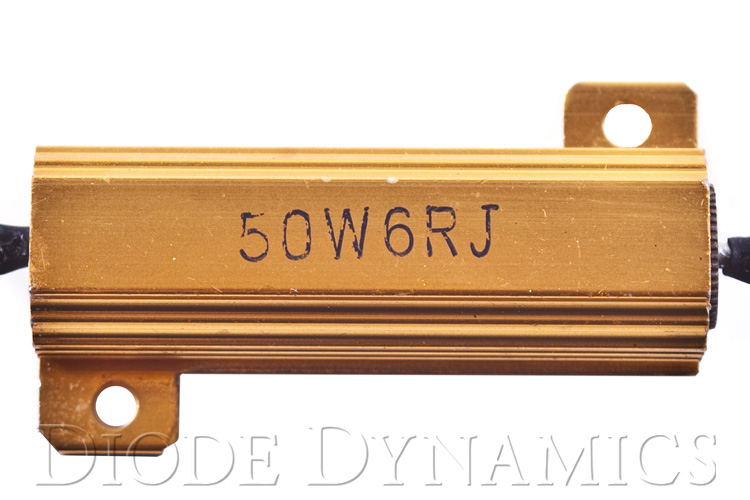
Resistors regulate current and can be used to fix the problem of hyperblinking. Installing the resistors is not as simple as plugging in the flasher module, as there is some wiring involved. The resistors can be installed by connecting one side of the resistor to the positive wire and the other to the negative, or ground wire with the use of wire connectors. Resistors are available in different wattage and Ohm ratings. For most LED bulbs, a 50W, 6ohm resistor will be enough to compensate for one bulb.

